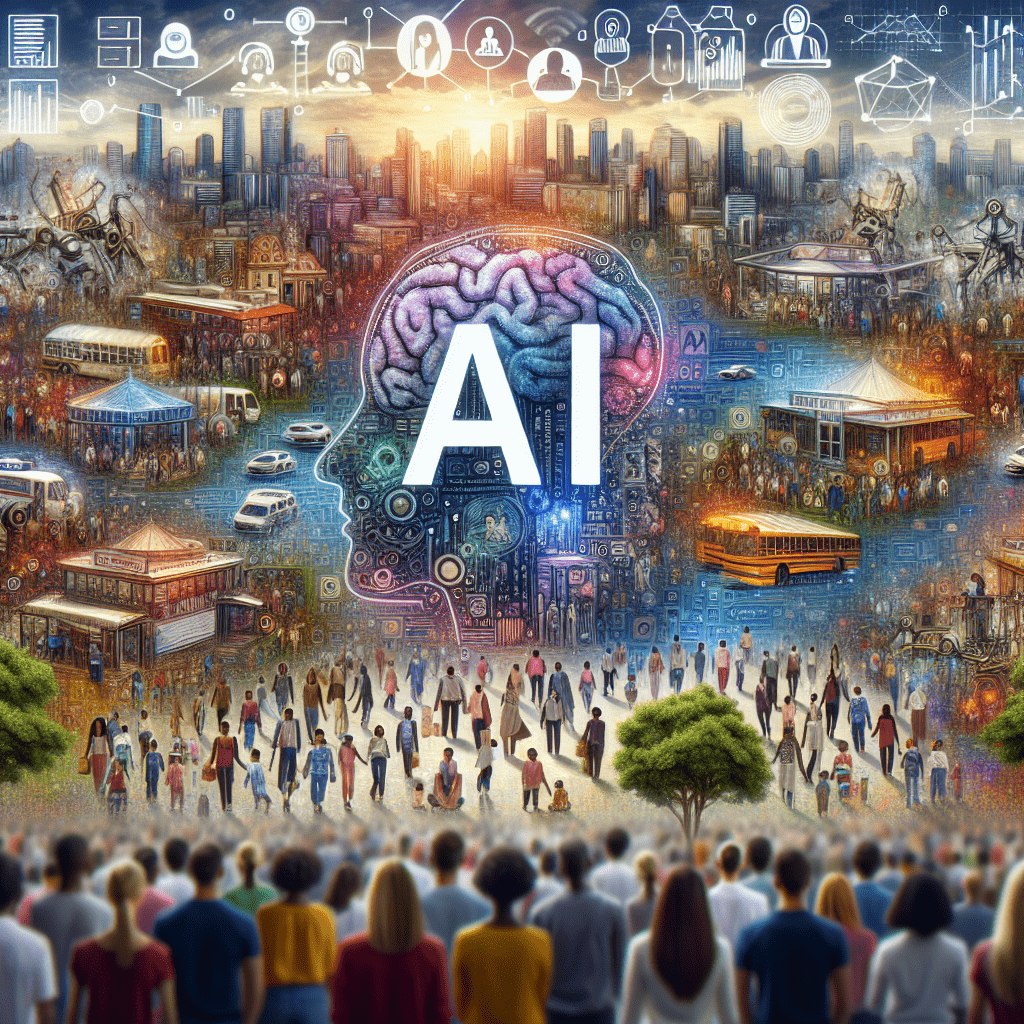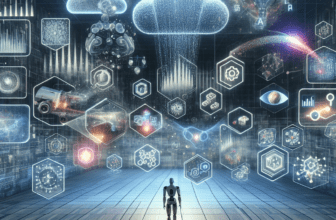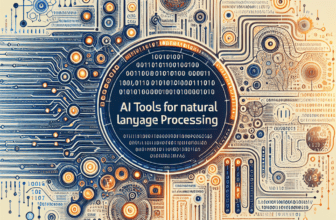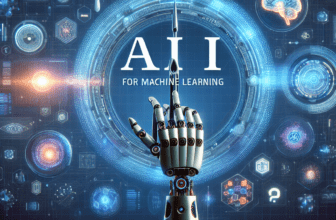
[ad_1]
Artificial Intelligence (AI) has revolutionized the way we interact with digital content, especially in the field of image recognition. From facial recognition in smartphone unlocking systems to identifying tumors in medical imaging, the use of AI in image analysis is significantly improving efficiency and accuracy across various sectors. In this article, we’ll delve into the top five AI tools for image recognition, exploring each tool’s unique features, potential applications, and how they stand out in the competitive landscape of AI technology.
1. Google Cloud Vision
Google Cloud Vision API is a powerful image recognition tool that allows developers to integrate vision detection features within applications. Using advanced machine learning models, the tool can classify images into thousands of categories, detect individual objects and faces, and even find and read printed words contained within images.
Key Features:
- Label Detection: Cloud Vision API can recognize objects, locations, activities, animal species, products, and more.
- Optical Character Recognition (OCR): It can extract text from images of documents, which can be very useful for data entry automation and archival.
- Facial Detection: While it does not provide facial recognition, it can detect faces, along with attributes such as emotional expressions and headwear.
- Landmark Detection: The API can identify popular landmarks in an image providing geographic details.
Applications:
Google Cloud Vision is used in various sectors including retail (for cataloging products), security (for surveillance), and even in the automotive industry (for autonomous vehicles’ environmental understanding).
2. Amazon Rekognition
Amazon Rekognition offers one of the most robust, scalable solutions for image and video analysis. Utilizing deep learning technology, Amazon Rekognition can identify objects, people, text, scenes, and activities in images and videos, and also provides highly accurate facial analysis and facial recognition.
Key Features:
- Facial Recognition: It can differentiate faces and even verify identities over time, which is instrumental in user verification and public safety.
- Anomaly Detection: It can flag unusual content in videos that could represent fraudulent or inappropriate activity.
- Object and Scene Detection: The tool can classify thousands of objects such(lightbulbs or elephants) and uses scene recognition to contextualize images.
Applications:
Amazon Rekognition is often used in public safety for surveillance, media, and entertainment for content management, and by marketing agencies to analyze consumer demographics.
3. IBM Watson Visual Recognition
IBM Watson Visual Recognition is part of IBM’s Watson services that use AI and machine learning to address complex problems. This tool is capable not just of classifying images but also of training to recognize specific visual content that matters most to the users.
Key Features:
- Custom Model Training: Users can train a custom model using their own data, ideal for specific or niche tasks in industries like fashion or specialized manufacturing.
- Ready-made Models: These are trained for various use cases like general classification, food recognition, and explicit content detection.
- Robust Workflow Integration: IBM offers easy integration with existing systems, thanks to a comprehensive set of APIs.
Applications:
Watson Visual Recognition is widely used in retail for product categorization, by content creators for digital media tagging, and in education for research purposes.
4. Clarifai
Clarifai is recognized for its advanced image and video recognition capabilities. It offers one of the most user-friendly platforms for AI-based image and video analysis, making it easy for businesses to deploy without requiring extensive AI expertise.
Key Features:
- Broad API: Offers a wide range of functionalities including predictive modeling, face detection, and recognition, and custom training environments.
- Moderation Models: Helps in detecting unsafe or inappropriate content within videos and images.
- Visual Search: Enables users to compare images against a database to find similar images, a valuable tool for copyright or brand monitoring.
Applications:
Clarifail is largely applied in marketing for brand monitoring, in cybersecurity for detecting phishing sites, and in the tech industry for user-generated content management.
5. Microsoft Azure Computer Vision
Microsoft’s Azure Computer Vision is an image-processing service that provides developers with the tools they need to seamlessly incorporate high-level machine learning image processing into their applications. It uses pre-trained models from Microsoft’s extensive machine learning research, which can be further customized.
**Key(more)
[ad_2]







